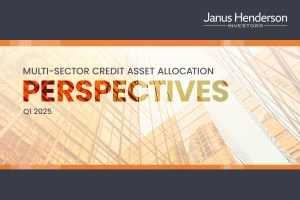INVESTMENT OBJECTIVE
The Fund aims to provide an income with the potential for capital growth over the long term. Performance target: To outperform the ICE BofA Global High Yield Constrained Index Hedged to GBP by 1.75% per annum, before the deduction of charges, over any 5 year period.
More
The Fund invests at least 80% of its assets in high yield (non-investment grade, equivalent to BB+ rated or lower) corporate bonds, in any country. The Fund may also invest a combined maximum of 20% in other assets including bonds of other types from any issuer, cash and money market instruments. The Investment Manager may use derivatives (complex financial instruments), including total return swaps, with the aim of making investment gains in line with the Fund’s objective, to reduce risk or to manage the Fund more efficiently. The Fund is actively managed with reference to the ICE BofA Global High Yield Constrained Index Hedged to GBP, as this forms the basis of the Fund’s performance target. The Investment Manager has discretion to choose investments for the Fund with weightings different to the index or not in the index. As an additional means of assessing the performance of the Fund, the IA Sterling High Yield sector average, which is based on a peer group of broadly similar funds, may also provide a useful comparator.
Less
The value of an investment and the income from it can fall as well as rise as a result of market and currency fluctuations and you may not get back the amount originally invested.
Potential investors must read the prospectus, and where relevant, the key investor information document before investing.
This website is a Marketing Communication and does not qualify as an investment recommendation.
ABOUT THIS FUND
- Co-managed from the US and Europe, the fund benefits from a global perspective with local insight
- Research is focused on identifying issuers more likely to outperform and underperform to help generate risk-adjusted returns and avoid defaults
- The global approach allows access to a variety of economies and companies at different stages in the business cycle




